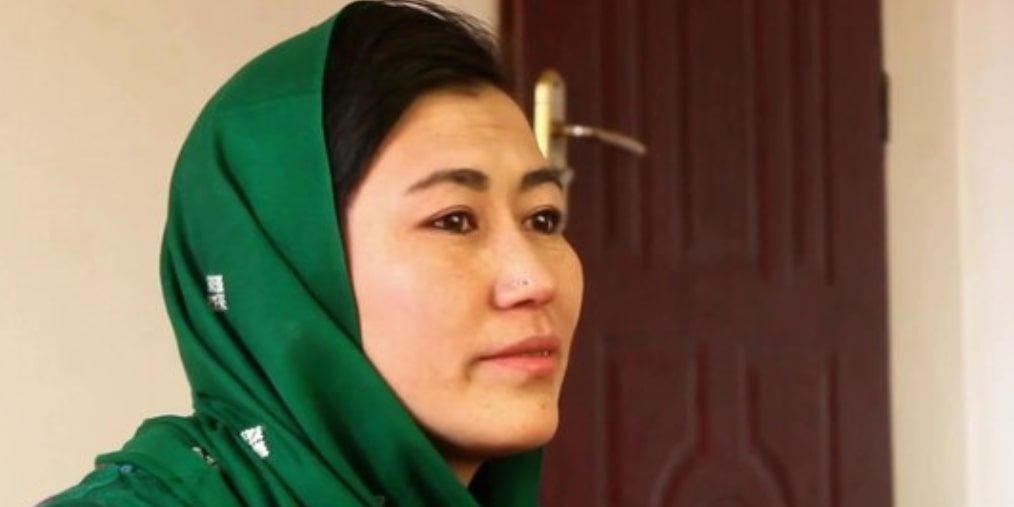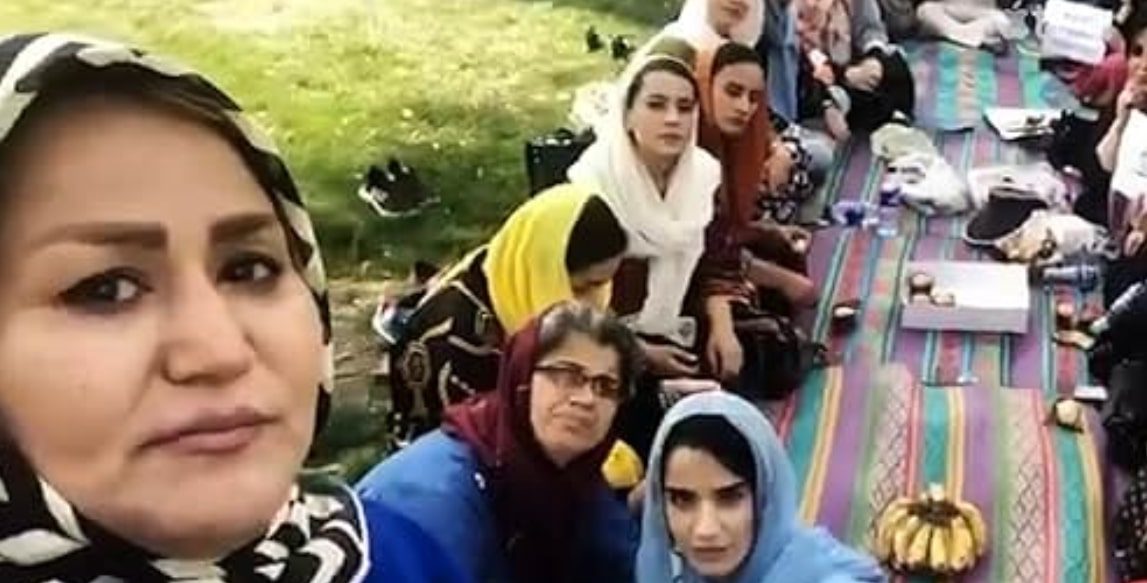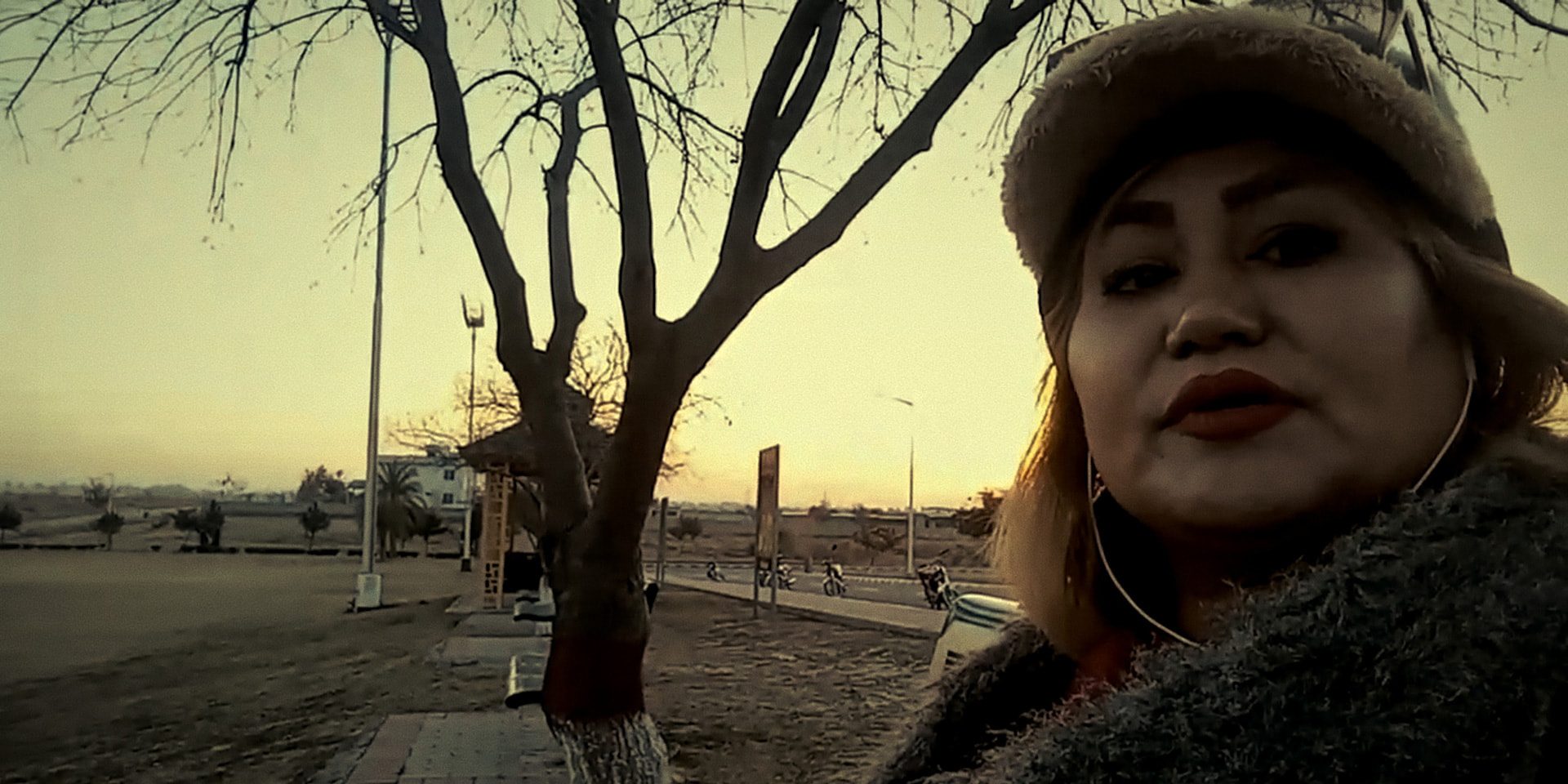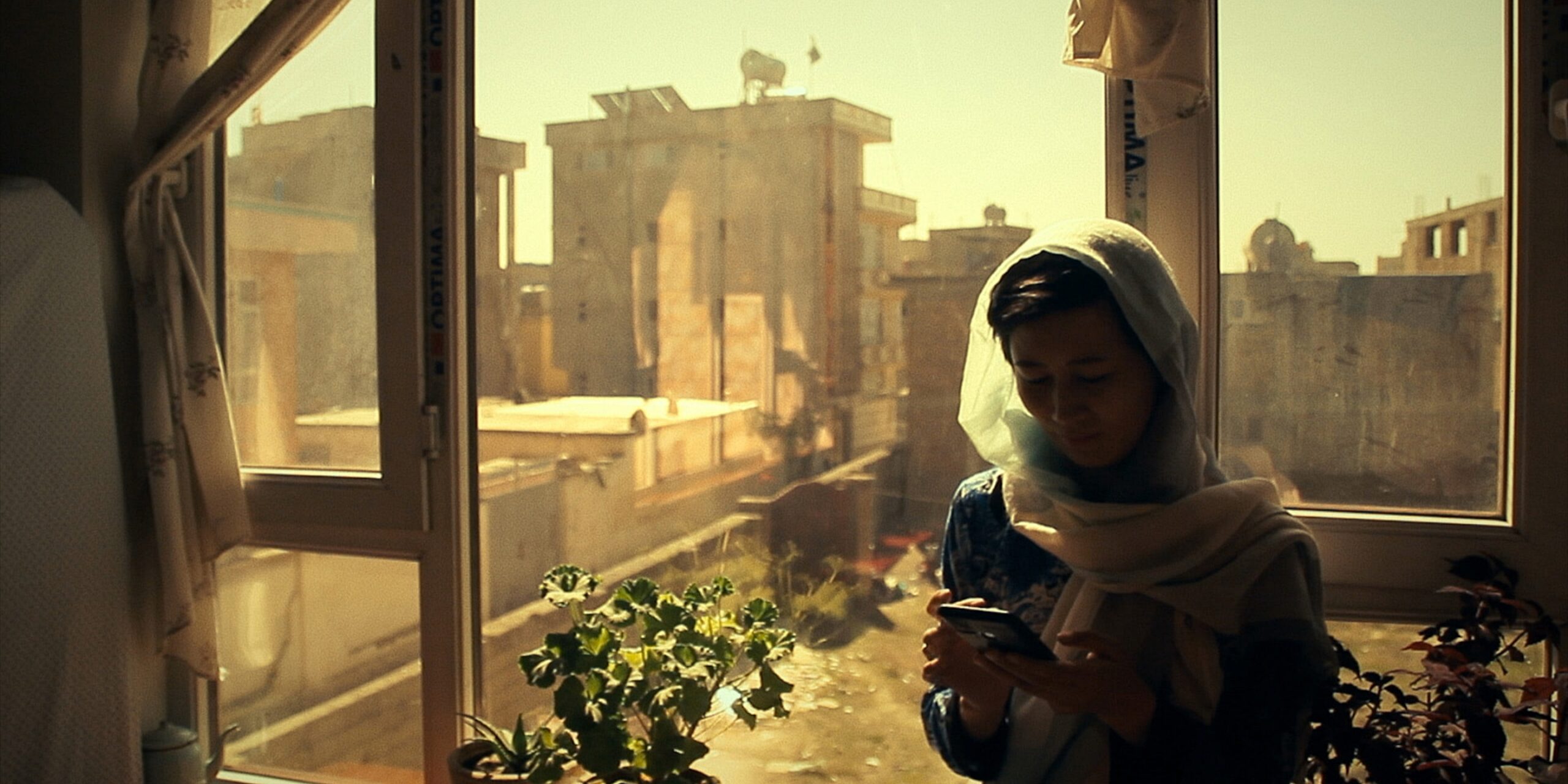In August 2021, when the Taliban seized control of Afghanistan once again, it sparked a profound shift in the country’s social and political landscape, particularly for women. As a result, a wave of activism and defiance emerged, especially among women who refused to accept the constraints imposed upon them. Apple TV+’s ‘Bread and Roses’ seeks to highlight the powerful stories of such women, capturing their strength, resilience, and unwavering commitment to their cause. Two of the documentary’s subjects, Taranom and Sharifa, come from entirely different worlds, each facing distinct challenges and realities. Despite their differing backgrounds, what unites them is their shared refusal to stop fighting for themselves, their rights, and their futures.
Sharifa Lost Her Government Job When the Taliban Came to Power
When the Taliban entered Kabul on August 15, 2021, following the withdrawal of U.S. forces, it marked a turning point for Afghanistan, particularly for women who had experienced relative freedom over the past two decades. The Taliban’s return meant the immediate reinstatement of their harsh and repressive laws, which severely curtailed women’s rights and freedoms. Sharifa, a government employee, found her life turned upside down almost overnight. As the Taliban took control, they issued decrees that prohibited women from holding jobs in the public sector, effectively disbanding many roles women had filled within the government.

Sharifa, who came from a deeply conservative family, faced immense pressure to conform to traditional gender roles. Her family’s expectations were clear: they wanted her to stay silent, obey the rules, and stay at home, following the established norms for women in Afghan society. However, despite these expectations, Sharifa’s inner resistance began to rise. Driven by a sense of duty to the future of her country, Sharifa started participating in protests, joining women’s groups that demanded their rights and freedom. One of the most notable groups she became involved with was led by Dr. Zahra Mohammadi, a prominent dentist and activist. Sharifa’s activism was not without its risks. In the face of increasing repression, arrests, and reports of abductions of activists and protesters, Sharifa’s actions came with a constant, looming threat.
Taranom Couldn’t Manage to Flee From Afghanistan After August 2021
On the other hand, Taranom, an activist and vocal advocate for women’s rights, saw the writing on the wall. She understood the magnitude of what the return of the Taliban meant for her and the future of Afghan women. Fearing for her life and knowing she had to escape to continue her work in a safer environment, she made the decision to flee Kabul. She headed to the airport, where she joined many others hoping to leave the country. Taranom sat on the tarmac for hours, witnessing the chaos and desperation around her. Unfortunately, despite her best efforts, she was unable to secure a way out.

Taranom eventually managed to escape to Pakistan, where she found refuge in a rundown motel. With only a small amount of money to her name, she felt hopeless and trapped. The uncertainty of her situation weighed heavily on her, and from the confines of that tiny room, she watched helplessly as her homeland, Afghanistan, crumbled under the weight of the Taliban’s resurgence. Living as a refugee with her family in such dire circumstances was not easy. The cramped motel room became their temporary home, but it was a constant reminder of their displacement and uncertainty. Her situation became even more precarious when she received a call from authorities informing her that she could no longer stay in Pakistan. Without legal migration status, her presence in the country had become a problem.
Sharifa and Taranom Have Managed to Seek Refuge

Both Sharifa and Taranom knew they could no longer stay in Afghanistan — a country now ruled by the Taliban, where even prominent leaders were being hunted down. For Sharifa, the decision to leave became inevitable. She moved between a few safe houses, always one step ahead of danger, before finally fleeing the country. Since then, she has stayed out of the public eye and little is known about her whereabouts. Taranom, too, faced the grim reality of her situation and sought refuge outside Afghanistan. Although she has managed to find a safe place for herself, she remains protective of her privacy and prefers not to share any details about her current location. With their faces at the forefront of a critical film that documents the resistance of Afghan women, their concerns about safety are entirely valid and understandable.
Read More: Dr. Zahra Mohammadi: Where is the Afghan Activist Now?


You must be logged in to post a comment.